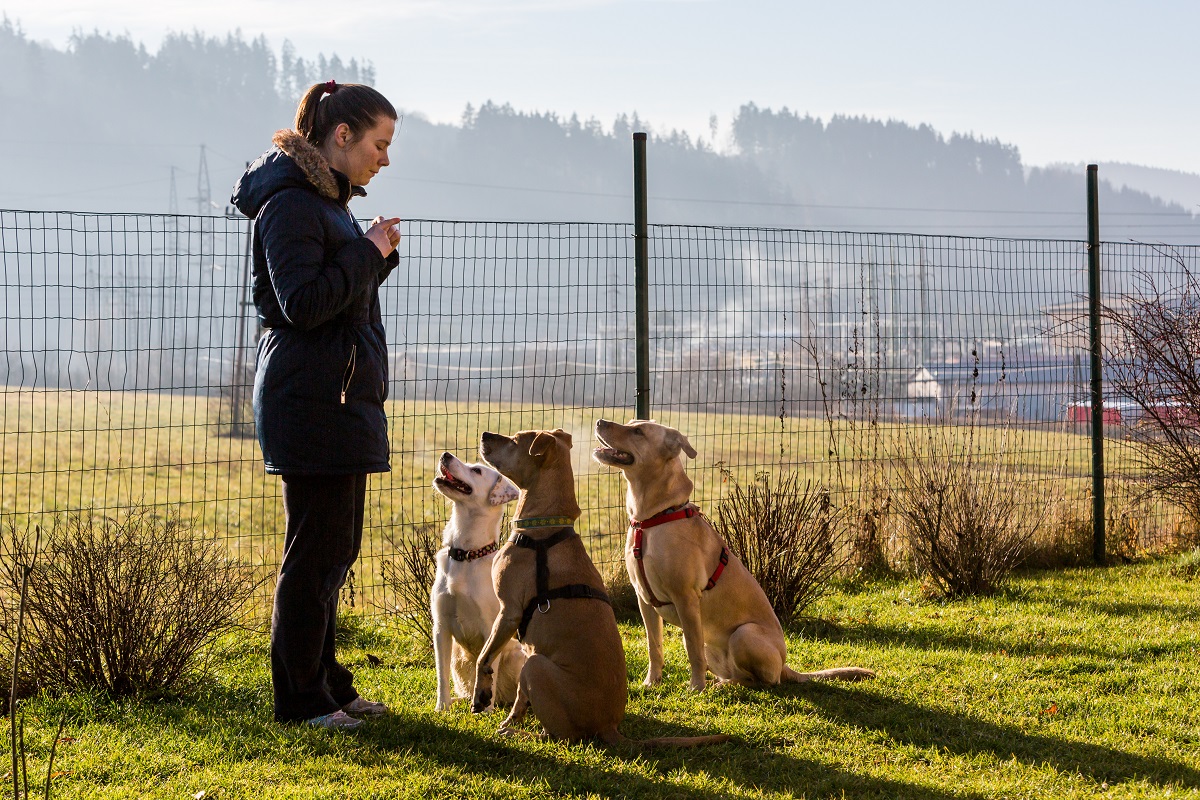Animals in films are the cutest. Animal deaths in movies are the saddest. The dogs in “Marley & Me” and “Hachiko” could be two of the most memorable deaths in the animal film category. People bawl when animals are harmed in movies, so much so that they root for them even though the trope dictates they sacrifice their lives to save the protagonist.
According to a study done in 2013, when the subjects read fake stories about beating a child, a puppy, a full-grown dog, and an adult, the subjects reacted sharply to the animals more than they did for an adult. This reaction could be because of the connection dogs and human share, especially with their label as “man’s best friend.”
What are the measures taken by filmmakers when working with animals in film media?
When working with animals, filmmakers should prepare themselves that the animals can break their command at one point or another. Animal welfare and safety organizations are concerned with potential injuries and stress placed on animals during certain scenes.
In period pieces and media that portray the ancient times, horses are the primary means of transportation. They travel great lengths, carrying heavy loads. The characters tug on horse bits quite intensely on suspenseful scenes.
The American Humane Association (AHA) implemented the Guidelines for the Safe Use of Animals in Filmed Media to protect animals from harm. Audiences might more commonly know this as “No animals were harmed in the making of this film.”
Expert animal handlers should be present while shooting the film to accompany the animals and ensure their safety. They should know about the behavior of the particular species of animals used in the movie. Certified Animal Safety Representatives should also be present to “monitor the care and treatment of animals, and work with animal trainers, set designers, propmasters and actors to ensure the guidelines are met.”
The guidelines protect stray animals that get lost in the set, too. These animals should be escorted out by animal handlers rather than just shoo-ed away by production staff. Alcohol should also be far from animals.

“No animals were harmed in the making of this film.”
This phrase can only be granted by AHA in the credits, often on five levels:
- Acceptable: representatives were present in significant animal scenes, and the film complied with the guidelines
- Special Circumstances: an animal accident happened during the filming, but after investigation, the production proved that it was not due to negligence.
- Unacceptable: complete disregard of the animal safety guidelines.
- Production Compliant: despite the absence of a representative, the production complied with the requirements needed to include an animal in the film.
- Not Monitored: the production did not consult AHA while filming the show, nor did the production comply with any requirements.
The takeaway
Animals are precious, and their safety should always be a priority when they are present in filmed media. We, as humans, should uphold a responsibility to take care of these animals to keep them away from stress, trauma, illness, and death. Therefore, following the guidelines to keep them safe is crucial while shooting the film.





